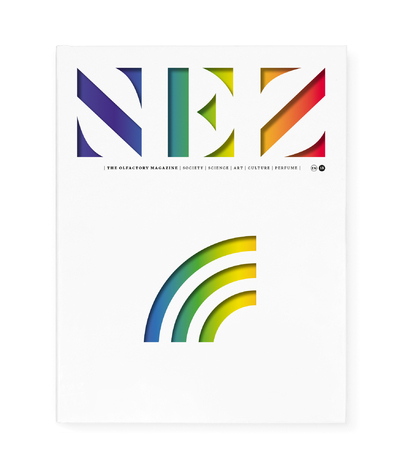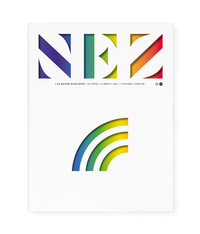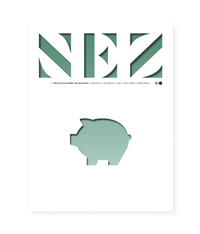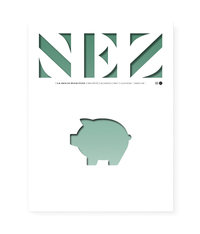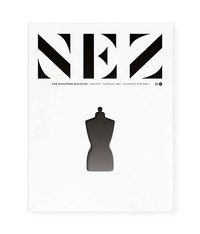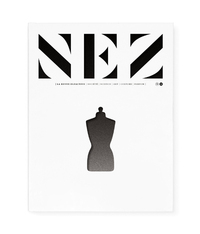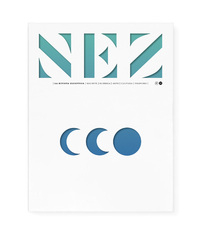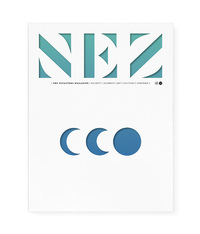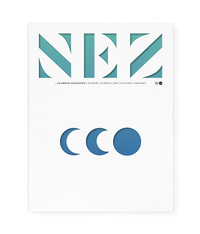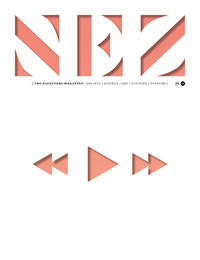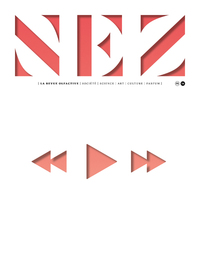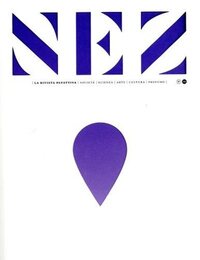Nous utilisons des cookies pour améliorer votre expérience. Pour nous conformer à la nouvelle directive sur la vie privée, nous devons demander votre consentement à l’utilisation de ces cookies. En savoir plus.
Nez - The Olfactory Magazine - N° 18
EAN : 9782491567750
Paru le : 12 déc. 2024
-
 Livraison gratuite
Livraison gratuite
en France sans minimum
de commande -
 Manquants maintenus
Manquants maintenus
en commande
automatiquement -
 Un interlocuteur
Un interlocuteur
unique pour toutes
vos commandes -
 Toutes les licences
Toutes les licences
numériques du marché
au tarif éditeur -
 Assistance téléphonique
Assistance téléphonique
personalisée sur le
numérique -
 Service client
Service client
Du Lundi au vendredi
de 9h à 18h
- EAN13 : 9782491567750
- Réf. éditeur : 1031681
- Collection : NEZ REVUE OLFAC
- Editeur : Nez Editions
- Date Parution : 12 déc. 2024
- Disponibilite : Disponible
- Barème de remise : NS
- Nombre de pages : 160
- Format : H:262 mm L:202 mm E:12 mm
- Poids : 458gr
-
Résumé :
The colors of scents
"Nuance,' "palette,' "brightness,' but also pink, green, white musks and blonde woods: The vocabulary of painters is readily used to describe smells, and brands themselves often borrow the names of colors to baptize their fragrances, from Bleu by Chanel to Black Opium by Yves Saint Laurent, by way of Dior's Gris Montaigne or Guerlain's Habit rouge.
Sight, the dominant sense in our world, has a considerable influence on our olfactory perception. Some of us even see colors appearing when they smell, and vice versa.
Does this synesthesia have a physiological explanation? In perfume shops and on social media, do certain colors for bottles draw the consumer's attention more than others? How do you manage to maintain a product's color over time? Are there correspondences between the color and the fragrance of a plant in nature? Also, why does the skin or hair color of individuals still arouse prejudices about their odor, and how does it influence their place in the industry? The color of scents tells us much more than what our eyes let on...

